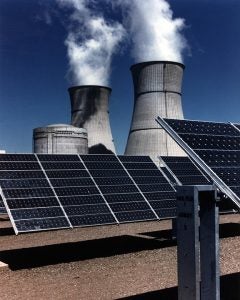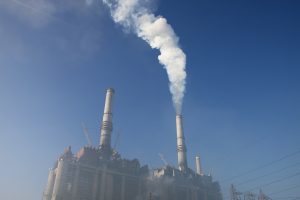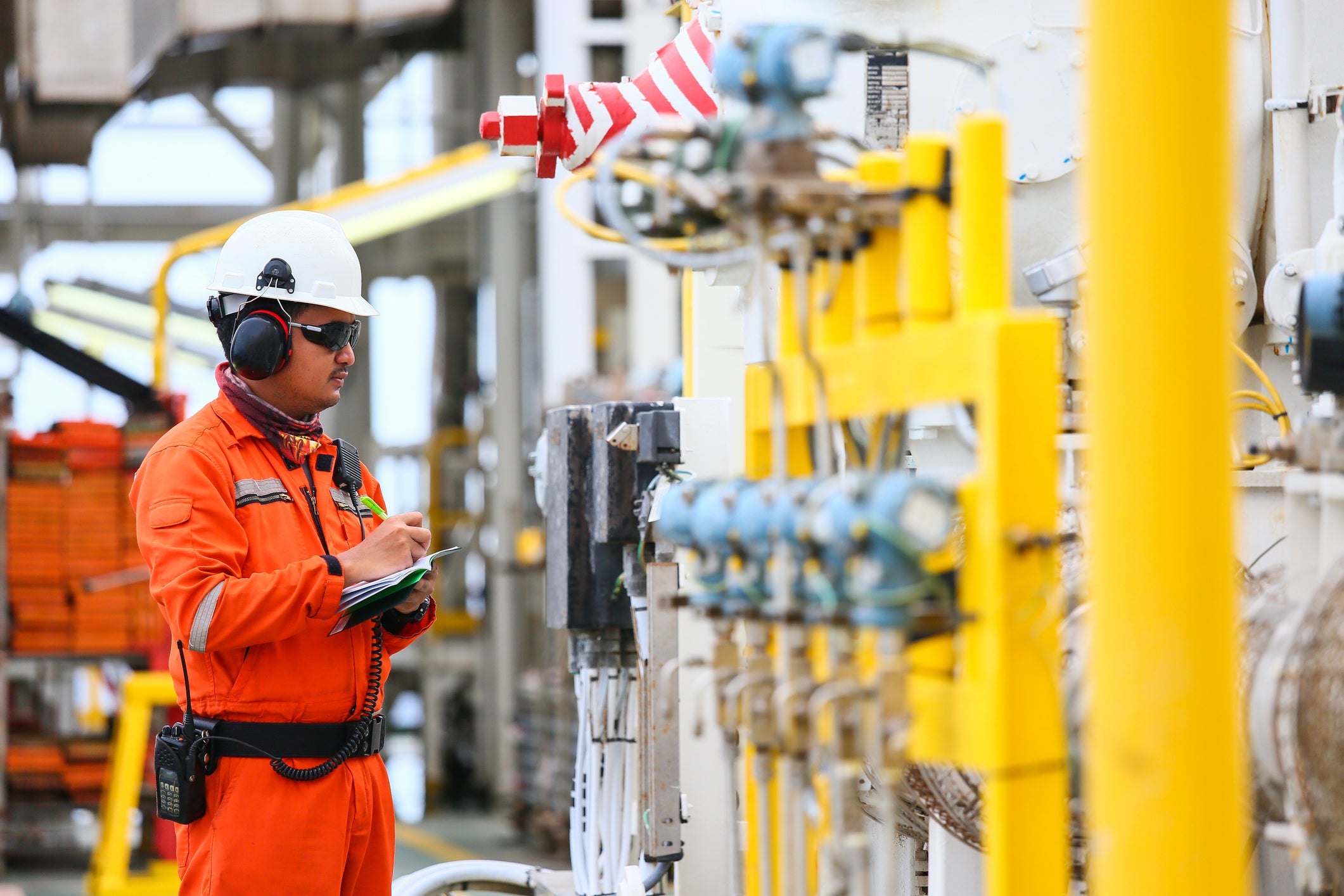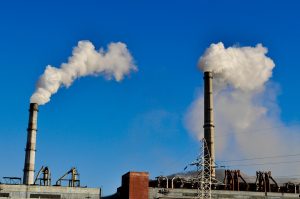 Today’s American nuclear power industry is in a state of upheaval. Four new, large-scale nuclear power plants are under construction in the United States, helped by large federal subsidies. All are being built by Westinghouse, and all have faced massive cost overruns and delays. Westinghouse’s parent company, Toshiba, recently posted a $6 billion loss due to Westinghouse’s nuclear woes. (For context, that loss is half a billion more than Toshiba spent to buy Westinghouse a decade ago.) Westinghouse filed for bankruptcy protection on March 29.
Today’s American nuclear power industry is in a state of upheaval. Four new, large-scale nuclear power plants are under construction in the United States, helped by large federal subsidies. All are being built by Westinghouse, and all have faced massive cost overruns and delays. Westinghouse’s parent company, Toshiba, recently posted a $6 billion loss due to Westinghouse’s nuclear woes. (For context, that loss is half a billion more than Toshiba spent to buy Westinghouse a decade ago.) Westinghouse filed for bankruptcy protection on March 29.
Westinghouse’s bankruptcy shines a spotlight on nuclear power’s role as an electricity source – currently providing about 17 percent of our electricity in the U.S. – and raises issues concerning whether we can count on low-carbon electricity from nuclear power. The Energy Information Administration projects nuclear power’s share of electricity generation will decline slightly through 2040, but these projections don’t reflect current trends.
Existing plants face challenging economics
Nuclear plants have long been very expensive to build, and the continued low price of natural gas has only increased cost pressure. Many nuclear plants are losing money, leading utilities to consider retiring them. Total nuclear capacity is declining, and will continue to decline in the near future as plant retirements exceed the capacity of Westinghouse’s Vogtle and Summer plants, expected to come online in 2019-2020. Read More










 The Public Utilities Commission of Ohio is still deciding whether to approve bailouts for
The Public Utilities Commission of Ohio is still deciding whether to approve bailouts for 


